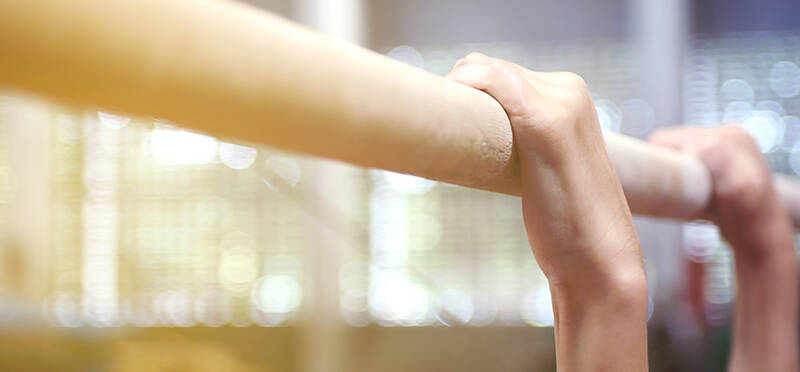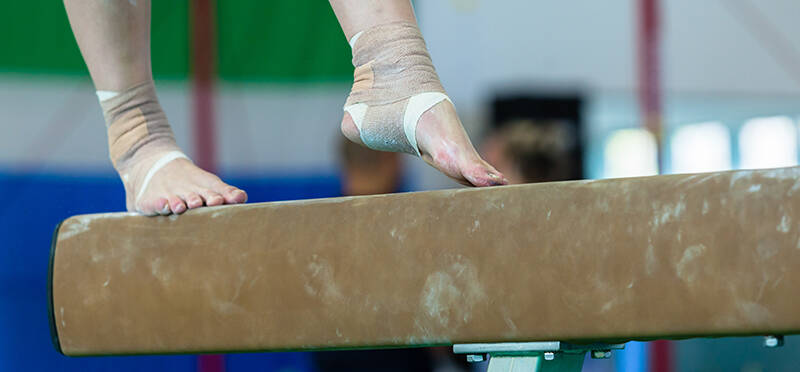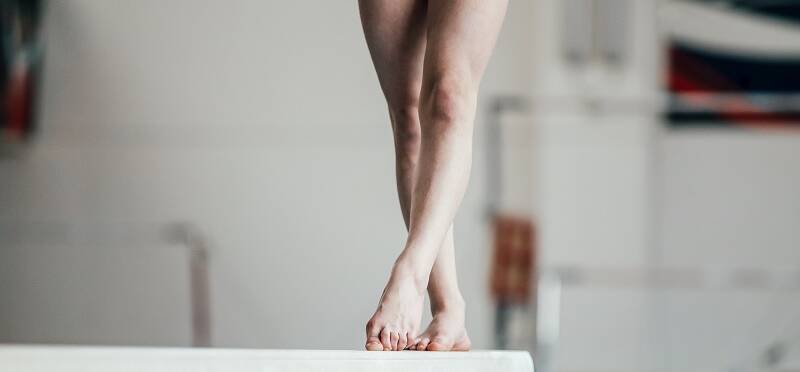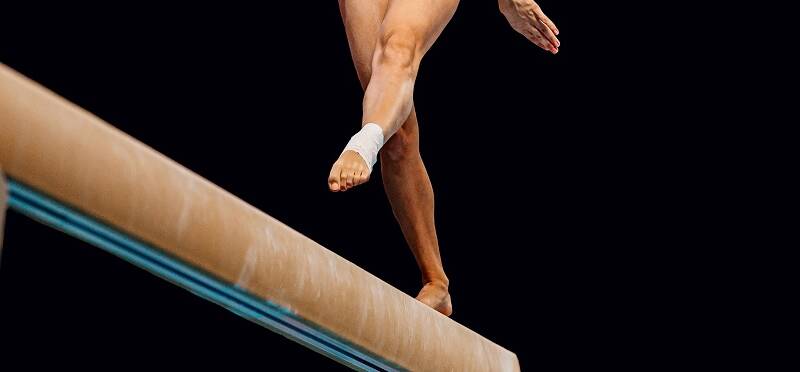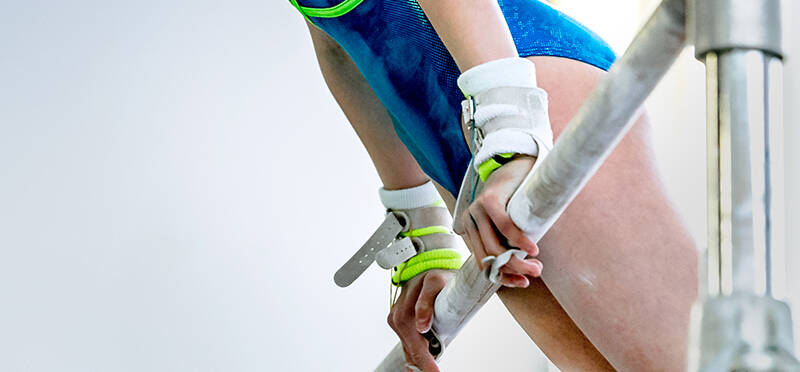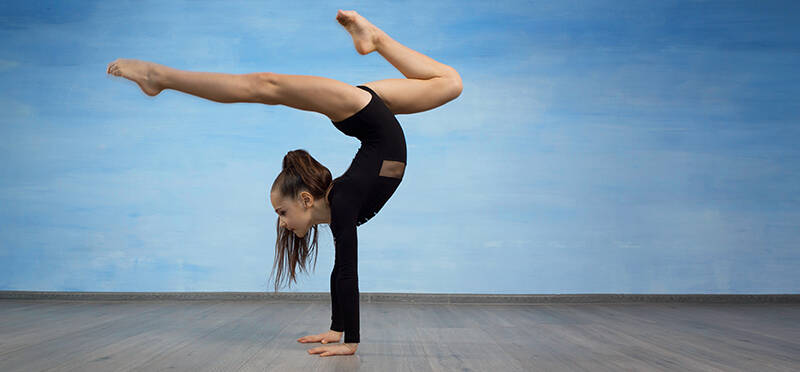Is A Rip Ruining Your Grip?
Posted on May 26, 2023 by Tara Hackney, PT, DPT, OCS, KTTP
If you’re a gymnast, you know the pain and inconvenience of sustaining a rip. Rips are a common and painful...
(more…)




